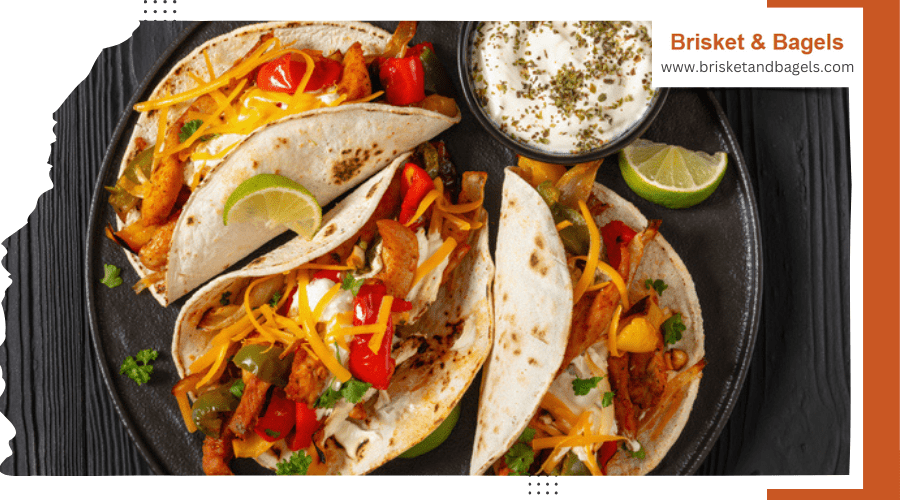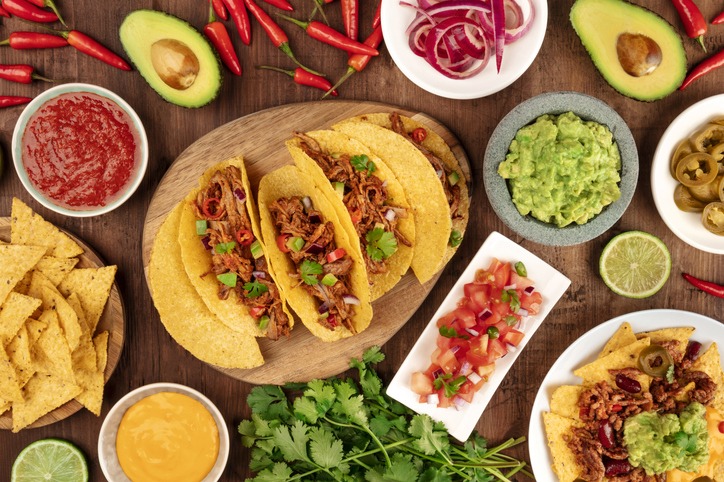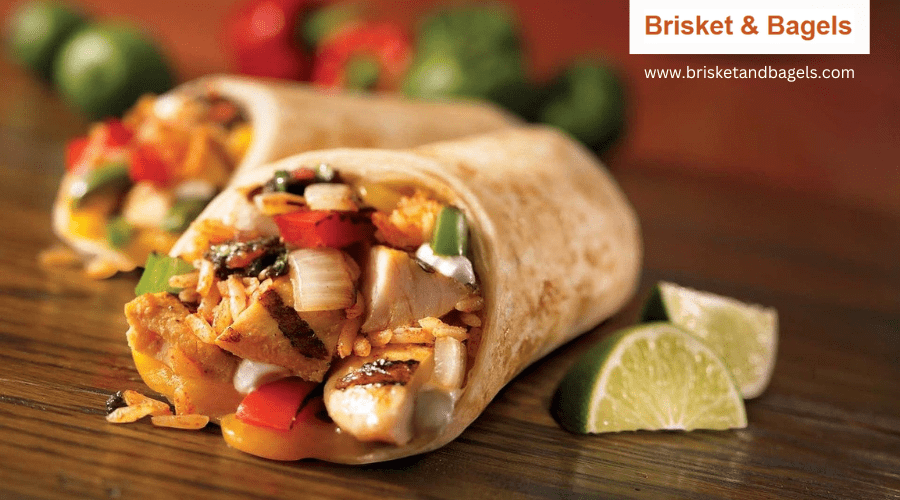The Influence of Mexican Cuisine on Tex-Mex Favorites

Mexican cuisine has left a lasting imprint on Tex-Mex dishes, blending bold, traditional flavors with local Texas ingredients. This culinary fusion celebrates the shared history and culture of the region, creating a unique identity cherished across the United States and beyond.
Tex-Mex cuisine, at its core, sprang from a rich blend of culinary traditions as Mexican immigrants settled in Texas during the 19th century. This lively fusion emerged as indigenous and Spanish culinary practices intertwined with American influences, particularly in places like San Antonio. You can see how cultural exchange played a crucial role in shaping this unique culinary evolution.
The term "Tex-Mex" itself didn't gain popularity until the 1960s, despite the cuisine's deep roots. It was initially mentioned in a 1960 article and quickly caught on during the 60s and 70s as Tex-Mex flavors became mainstream in American dining. You can trace its national recognition back to events like the Chicago World's Fair in 1893, where Tex-Mex flavors captivated a broader audience.
Key Mexican Ingredients

When you investigate the colorful world of Mexican cuisine, you'll quickly find that its essence lies in a few key ingredients. At the heart of it all is corn, the backbone of traditional dishes like tortillas and tamales. This versatile grain forms the foundation for countless recipes, showcasing unique cooking techniques that have been passed down through generations. Beans, another staple, provide protein and work harmoniously with corn to create a balanced meal.
Chili peppers, such as jalapeños and chipotles, are indispensable for imparting both heat and depth to dishes. They shape the flavor profiles that influence Tex-Mex cuisine, adding complexity and excitement to every bite. Avocados, rich in heart-healthy fats, are a beloved component, often mashed into creamy guacamole, a dish cherished by both Mexican and Tex-Mex enthusiasts.
Fresh vegetables, particularly tomatoes and peppers, bring a wealth of vitamins and antioxidants to the table. Their lively flavors and nutritional benefits enhance every dish. Aromatic herbs and spices like cilantro and cumin are the unsung heroes, enhancing flavors and adding an unmistakable Mexican flair that's often adapted in Tex-Mex cooking.
The versatility of beef in barbecue dishes mirrors the adaptability of these ingredients in Mexican cuisine. These ingredients and techniques create a robust culinary experience.
Popular Tex-Mex Dishes
View this post on Instagram
Having investigated the lively Tex-Mex classics, let's examine how regional variations add another layer of intrigue to this dynamic cuisine. Regional adaptations of Tex-Mex reflect local ingredients and cultural influences, creating unique flavor profiles across the United States. In Southwest Texas, bold flavors such as chili con carne and sizzling fajitas reign supreme, showcasing the hearty and robust nature of this region's culinary preferences. When you head over to California, you'll notice a lighter touch with dishes like Baja-style fish tacos. These are characterized by fresh ingredients and a coastal influence, offering a revitalizing twist to traditional Tex-Mex. Meanwhile, in the Midwest, Chicago-style tamales take center stage, straying from conventional recipes by incorporating local flavors and styles, proving that Tex-Mex is versatile and adaptable. Signature dishes like chili con queso highlight the fusion of Tex-Mex and American culinary traditions, emphasizing how regional adaptations have shaped this cuisine. In northern areas, flour tortillas are a Tex-Mex innovation, frequently used for burritos and quesadillas, differing from the corn tortillas prevalent in traditional Mexican fare. Each region's adaptation contributes to a rich tapestry of flavors, making Tex-Mex a truly diverse culinary experience. Tamales are another iconic dish that bridges the gap between Mexican and Tex-Mex cuisines. Traditional Mexican tamales are made with masa, wrapped in corn husks, and filled with meats or vegetables. In Tex-Mex cuisine, tamales often feature spicier fillings and are sometimes served with chili con carne. Tex-Mex cuisine owes much of its identity to the rich culinary traditions of Mexico. By blending authentic Mexican flavors with local Texan ingredients, Tex-Mex has created a category of food that feels both familiar and exciting. Each dish tells a story of cultural exchange and innovation, making Tex-Mex a culinary treasure that honors its Mexican heritage while carving out its own unique place in the world of food.Regional Variations
Wrapping Up



